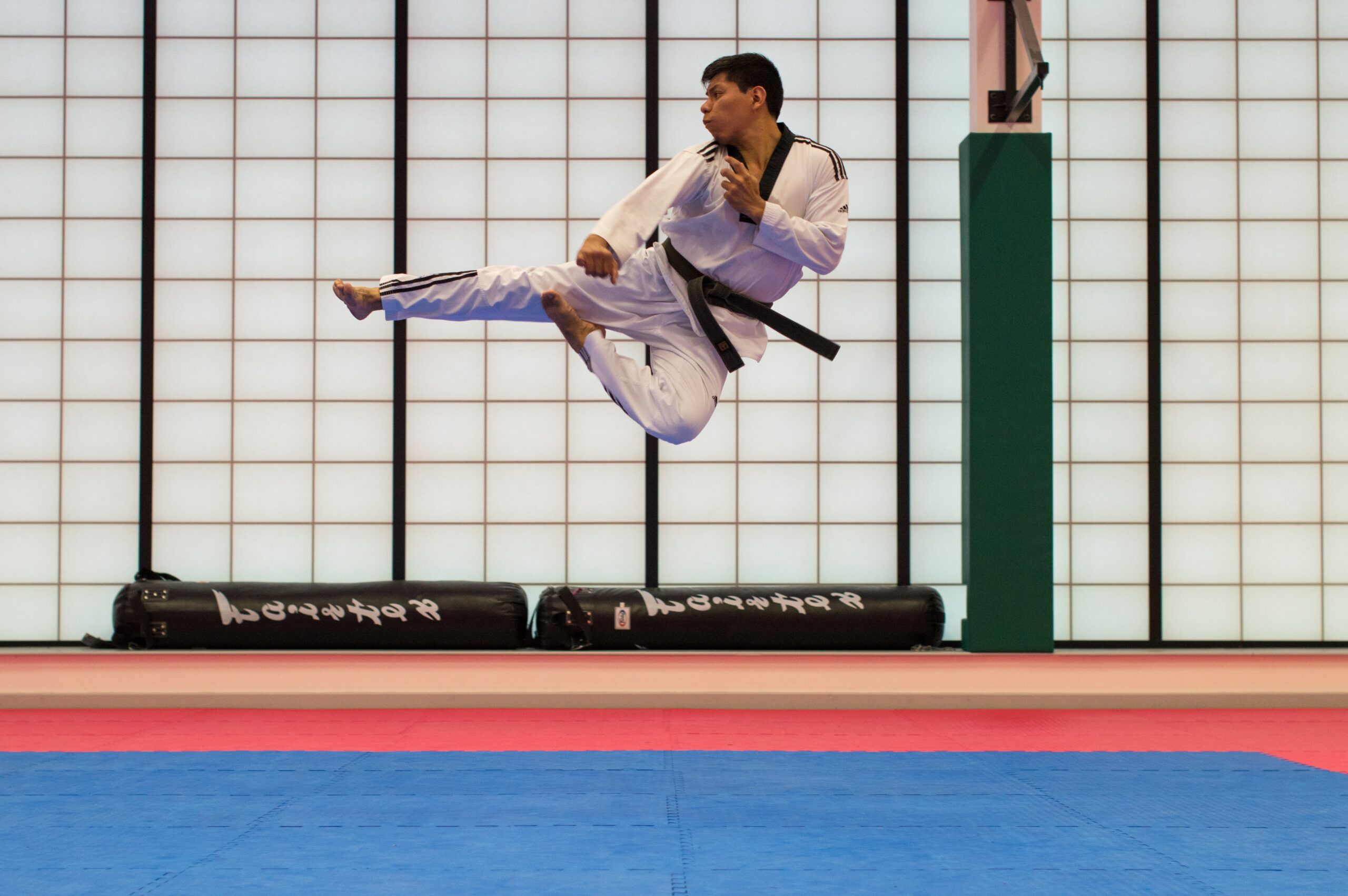Judo Rules – Learn how to play Judo

Judo, a martial art and sport known for its emphasis on grappling techniques, traces its roots back to Japan. The art was founded by Jigoro Kano in 1882, who sought to develop a system that would allow individuals to use their opponent’s strength and energy against them. Over the years, Judo has evolved into a popular global sport, promoting physical fitness, mental discipline, and mutual respect among practitioners. Its techniques and principles continue to be widely studied and practiced in dojos around the world.
![]()
How to win Judo
Develop strong physical conditioning and also learn judo rules carefully to swiftly execute techniques with precision. Additionally, understanding your opponent’s movements and timing can be crucial in gaining the upper hand during a match. Consistent training, mental resilience, and a spirit of sportsmanship are essential elements to achieve success in the art of Judo.
Requirements
- Practitioners must wear a traditional Judo uniform, known as a “Gi,” consisting of a jacket (Uwagi) and pants (Zubon) made of sturdy and durable fabric.
- Judo follows a belt ranking system to signify a practitioner’s level of proficiency, ranging from white belt (beginner) to black belt (advanced).
- Learning how to perform breakfalls safely is crucial in Judo to protect oneself from injuries when thrown or taken down by an opponent.
- Practitioners are expected to demonstrate respect towards their instructors, fellow students, and opponents.
- Regular practice of Randori, which involves free-style sparring, is essential for applying techniques in a dynamic and unscripted environment, helping practitioners develop their skills and adaptability.
Objective
The primary objective of Judo is to maximize the efficient use of physical and mental energy, known as “Jita Kyoei” or “mutual welfare and benefit.” It emphasizes the development of character, discipline, and respect through rigorous training and the application of its techniques. Judo aims to achieve victory by using an opponent’s strength against them, promoting balance, harmony, and personal growth in both sport and life.
Scoring
- According to Judo rules the highest score will be awarded when a player executes a clean and decisive throw, causing the opponent to land flat on their back with force and control.
- A half-point score given for a throw that lacks the full impact required for an Ippon but still places the opponent on their back with considerable control and force.
- A lesser score awarded for a throw that demonstrates some control but lacks the force or impact of an Ippon or Waza-ari.
- The lowest score, given for throws that show minor control or impact but do not meet the criteria for higher scores.
- Points may also be awarded to an opponent for various judo rule violations by their adversary, such as passivity or engaging in prohibited actions, with accumulated penalties leading to disqualification.
List of Judo Rules
Some judo rules you must know are as follows:
- Matches take place on a designated mat area called the Tatami.
- Players wear a Judo Gi (uniform) during matches.
- The objective is to score points through clean throws or grappling techniques.
- Ippon, Waza-ari, Yuko, and Koka are the scoring categories for throws.
- Techniques targeting dangerous areas like the head, spine, or joints are not allowed.
- Holds, chokes, and armlocks can result in submission victories.
- Penalties may be given for passivity, illegal grips, or other rule infractions.
- Matches can last a set time or end with an Ippon or submission.
- Referees oversee matches and ensure fair play and safety.
- The principles of respect and sportsmanship are upheld throughout the competition.
![]()
Frequently Asked Questions
- What equipment do I need for Judo?
Practitioners require a Judo Gi (uniform), a belt corresponding to their rank, and appropriate protective gear such as mouthguards and knee pads. - How is Judo different from other martial arts?
Judo focuses on throws, pins, and submissions, while other martial arts may emphasize striking techniques or a combination of striking and grappling. - Can anyone practice Judo?
Judo is suitable for people of all ages and genders, and it can be adapted to accommodate various skill levels and physical abilities. - What are the benefits of practicing Judo?
Judo provides numerous benefits, including improved physical fitness, enhanced balance and coordination, increased self-discipline, and the development of self-confidence. - How do I advance in rank in Judo?
Advancement in Judo is based on a belt ranking system. Students progress through various colored belts, starting with white and culminating in black belt ranks. - Is Judo safe?
Judo is generally considered safe when practiced correctly under the supervision of qualified instructors. Proper technique, controlled sparring, and appropriate protective gear help reduce the risk of injury. - Can Judo be used for self-defense?
Yes, Judo techniques can be effective for self-defense situations, as they focus on using an opponent’s energy and momentum against them. - Can children participate in Judo?
Yes, Judo is suitable for children and can be an excellent way for them to develop physical skills, discipline, and respect for others. - Is Judo an Olympic sport?
Yes, Judo has been an Olympic sport since 1964. It is contested at the Summer Olympic Games and has both men’s and women’s divisions. - What is Judo?
Judo is a modern martial art and Olympic sport that originated in Japan. It emphasizes throwing techniques, grappling, and submissions to defeat opponents. - What is the main focus of judo?
Judo includes a variety of rolls, falls, throws, hold downs, chokes, joint-locks, and strikes, the primary focus is on throwing (nage-waza), and groundwork (ne-waza).